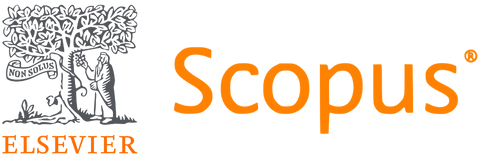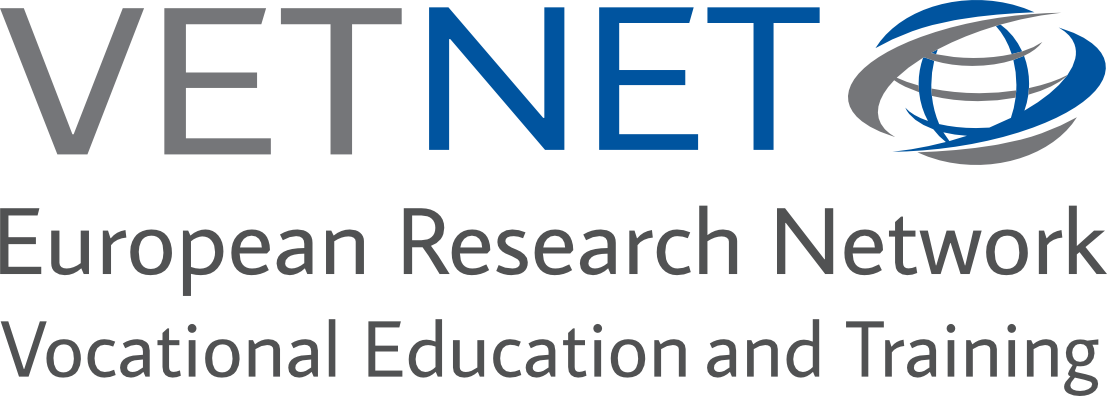Short-Term Benefits, Long-Term Harm? Alternative Training to Apprenticeships in Norway
DOI:
https://doi.org/10.13152/IJRVET.4.4.1Keywords:
VET, Vocational Education and Training, Dual System, Workplace Education and Training, Apprenticeship Contract, Education and Training System, Educational Policy, Learning MotivationAbstract
Many countries with apprenticeship-based systems of VET face a shortage of apprenticeships. Some countries, including Denmark and Norway, address this supply-demand mismatch by offering alternative school-based routes to vocational qualifications for students not able to secure an apprenticeship. Other countries offer no alternative routes, but focus instead on pre-vocational education and training to prepare students for apprenticeships. This paper discusses the effects on the VET system of a recent Norwegian attempt to organise alternative training primarily as workplace training. Unlike the more established Danish system of alternative training, which relies primarily on school-based training in learning centres, Norway has attempted to make alternative training as similar to apprenticeship-based learning as possible. Most training in the pilot projects takes place in the work environment of a company, rather than in vocational schools. Our paper shows that the students in the pilot projects experience many of the learning and motivational benefits offered by workplace learning in general, and apprenticeships in particular. In certain circumstances, such schemes can improve the chances of completing VET despite for young people without an apprenticeship. However, such training schemes also generate important dilemmas. In particular, there is a risk that full-scale implementation of a system of alternative workplace-based training could reduce the number of new apprenticeships, potentially undermining the apprenticeship model on which Norwegian VET is based.





